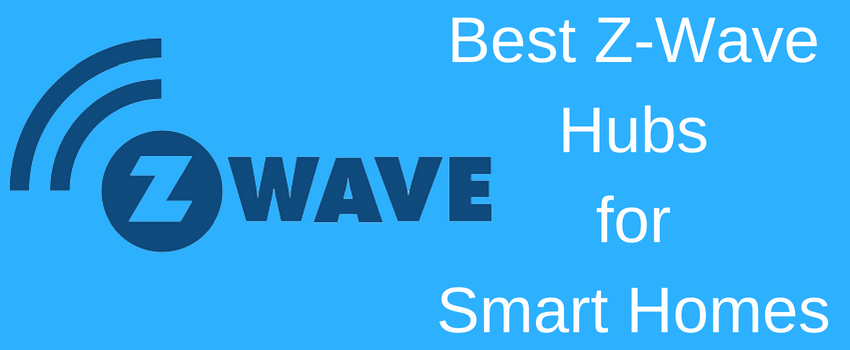Z wave technologies allow devices to communicate with each other if there is a barrier blocking the direct signal from controller to device but that usually weakens the signal.
Z wave multiple controllers.
A hub with several radios is commonly called a gateway.
A z wave hub will sometimes be referred to as a z wave controller.
No matter what the name the purpose of the hub is to act as a central point for your z wave devices.
That way z wave puts control of all the smart devices at your fingertips and allows you to give commands through the z wave.
A z wave controller will be the central hub of all these products and which will allow them to talk and respond with each other.
This allows you to control or receive information from your smart home from your home with local control as well as anywhere you can get to the internet.
When you place your second controller its job is to take some of the burden of signal jumping off of your primary controller.
Z wave network with muliple controllers if a network has multiple controllers the user needs to determine which of the controllers will be the primary controller.
Below are the few things you can do with a z wave.
A controller does not take up more it s functionally the same at the radio frequency level as every other zwave device in you home or your neighbor s.
Inclusion of a static controller is a challenge if the devices need to be moved to their final location afterwards.
A network re organisation needs to be performed.
So you need to add a new serial controller thing and from there you can add devices to this new controller.
Instead of using a remote for each smart home device one z wave controller will be enough.
I can confirm that it works.
Z wave makes use of the low energy radio waves to build a mesh network which allows devices to talk to each other and connect all of them to a hub controller.









